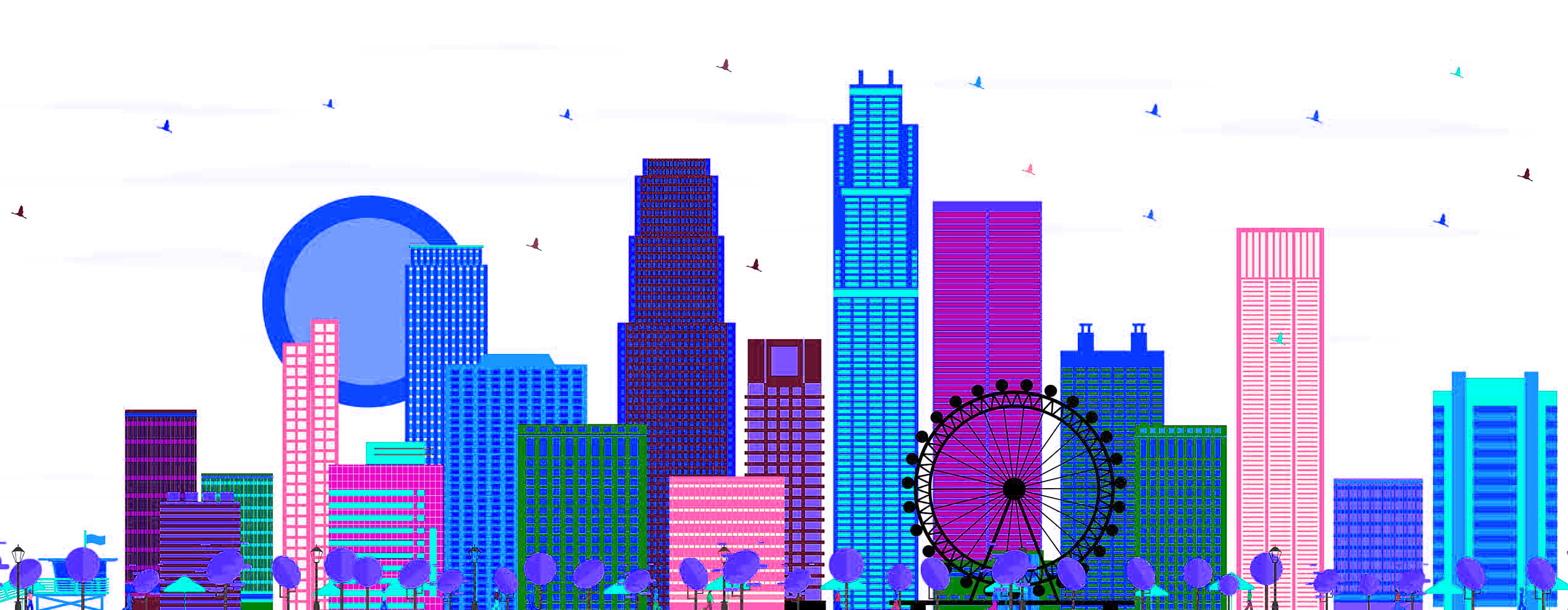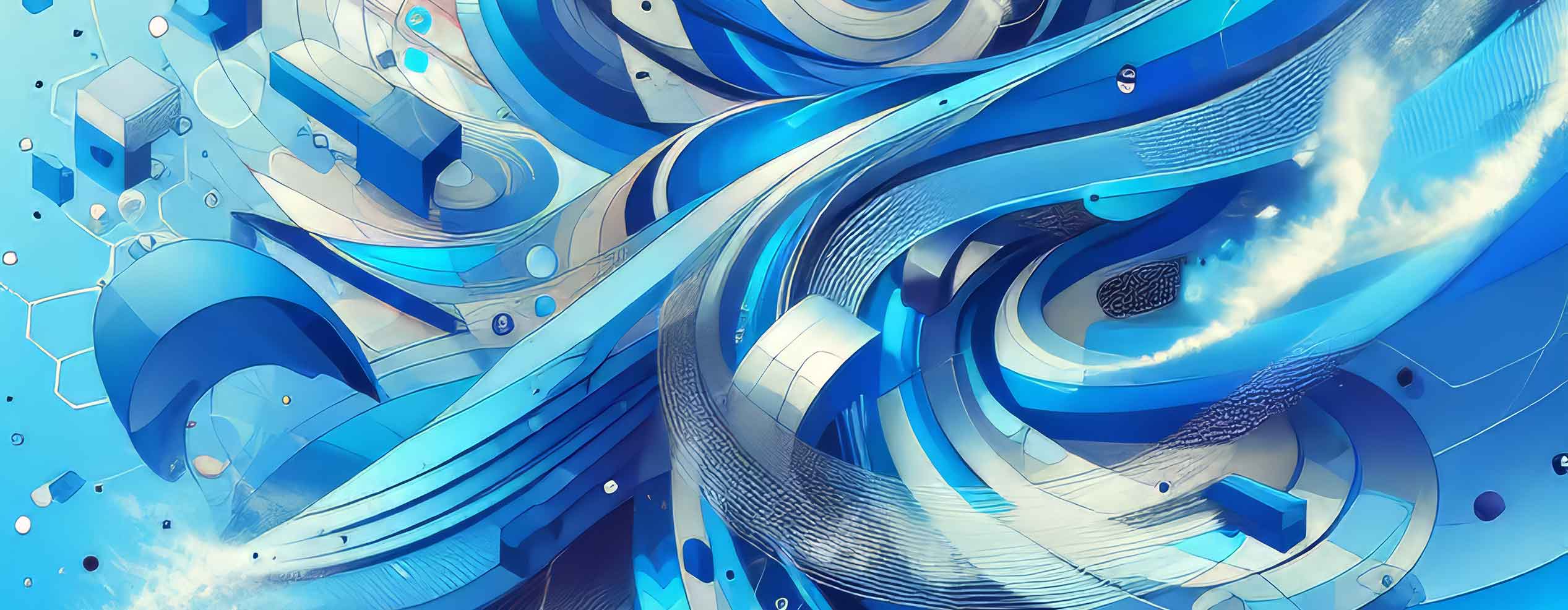Graphic Designer Styles of Illustration
Graphic Designer Styles of Illustration
A graphic designer chooses an illustration style for various reasons.
Graphic designers use different styles of illustration and the choice of style often depends on the goals and requirements of a specific project. A graphic designer chooses an illustration style to effectively communicate and visually enhance the intended design.
Graphic Designers Choose a Style Based On
- Target Audience:
- Different styles resonate with different demographics. Designers choose styles that appeal to their target audience’s preferences and tastes. For example, a playful and colorful cartoon style might be more suitable for children, while a sleek and minimalist style might be better for a professional audience.
- Brand Identity:
- The illustration style should align with the brand’s identity and values. A cohesive visual language helps reinforce brand recognition and consistency across various design elements.
- Message and Tone:
- The style of illustration contributes to the overall tone and mood of the design. For a serious or corporate message, a clean and minimalistic style might be chosen, while a fun and vibrant style could be suitable for a more lighthearted message.
- Storytelling:
- Different illustration styles can enhance storytelling. For example, a vintage or retro style might be used to evoke nostalgia or tell a story set in the past, while a futuristic style could be chosen for a forward-looking narrative.
- Medium and Platform:
- The platform where the design will be displayed can influence the choice of style. Certain styles may be more suitable for print, while others may work better in digital or web-based environments. Consideration of the medium ensures optimal visual impact.
- Trends and Cultural Relevance:
- Designers often keep an eye on current design trends and cultural influences. Adapting to popular styles can make a design feel current and relevant to the audience.
- Project Goals:
- The goals of the project play a significant role in determining the illustration style. Whether the objective is to grab attention, convey information, create a certain atmosphere, or elicit specific emotions, the chosen style should align with these goals.
- Creativity and Innovation:
- Designers may experiment with different styles to showcase their creativity and innovation. Using a variety of styles allows for a diverse and dynamic portfolio, demonstrating versatility and adaptability.
- Client Preferences:
- Clients often have specific preferences or may request a particular style based on their vision for the project. Designers need to be adaptable and able to meet the expectations of their clients.
- Personal Expression:
- Graphic designers may have personal preferences or a signature style that they enjoy working with. Their own artistic expression and unique approach to design can also influence the choice of illustration style.
Illustration Styles Used by Graphic Designers
Graphic designers use various styles of illustrations to convey different moods, messages, and aesthetics in their work. Here are some common styles:
These styles are not mutually exclusive, and graphic designers often blend elements from different styles to create unique and visually interesting compositions. The choice of style depends on the project’s goals, target audience, and the overall message the designer wants to convey. In essence, the selection of an illustration style for graphics is a thoughtful and strategic decision that involves considering the audience, brand, message, and project context to create a visually effective and impactful design.
Graphic Designers Intend to Communicate Effectively
Effective communication in graphic design is crucial as it ensures that the intended message is clear, resonates with the target audience, and successfully conveys information or emotions, ultimately achieving the desired impact.
Get updates.
We will process the personal data you have supplied in accordance with our privacy policy.






